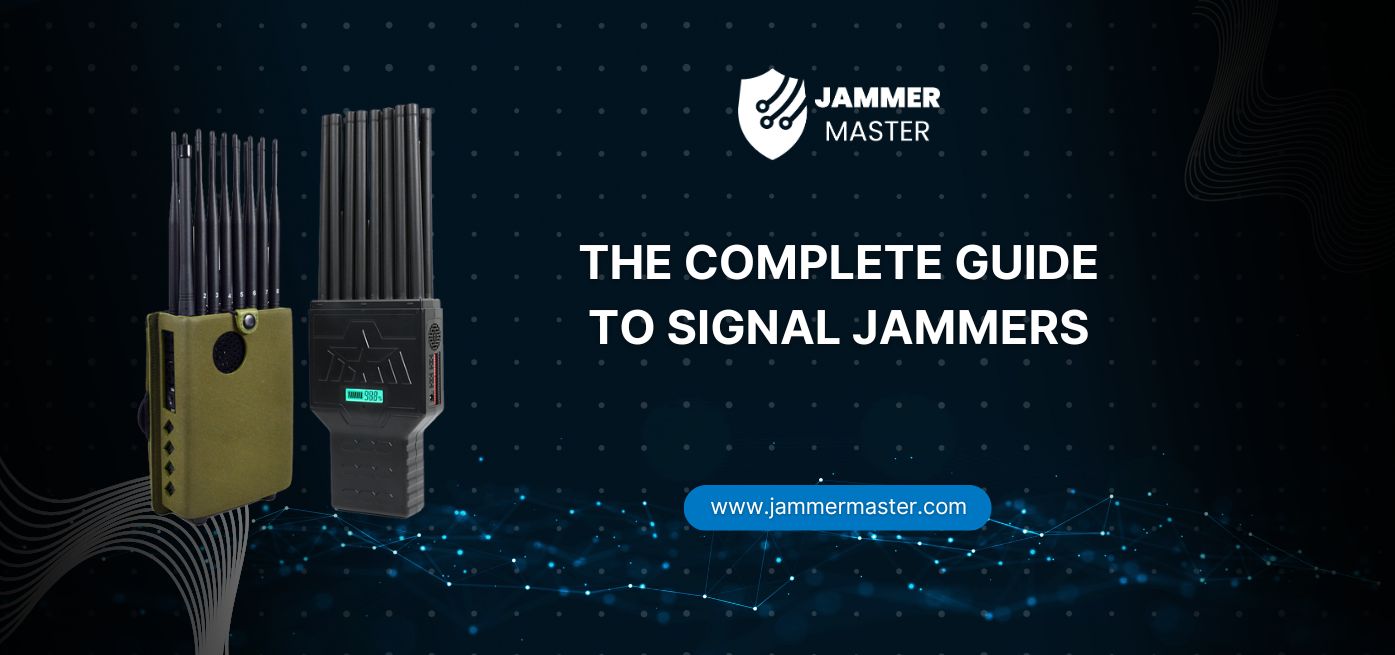
How to Build a GPS Jammer at Your Home
Here’s a step by step guide on how to build your own GPS jammer. Below are the main steps we are going to introduce in

When customers approach us with their requirements, they often express their purchasing intentions directly. For instance, they may request a high-power backpack-style frequency jammer to solve signal interference in an entire building. They also seek advice on the ideal installation location for the jamming device. However, it is crucial to understand the specific conditions of the project site and recommend a solution that may differ significantly from the customer’s initial expectations. This article aims to explain why high-power backpack-style frequency jammers are not recommended for indoor use and explore alternative solutions for signal interference in buildings.
The Importance of Tailoring Solutions to Building Environments:
Addressing signal interference in an entire building involves shielding the indoor environment. If a building consists of multiple independent rooms, the best solution is to use multiple low-power Cell Phone Jammers, forming a cellular network coverage system. High-power backpack-style frequency jammers are primarily designed for outdoor or open areas where signal interference occurs. Installing high-power signal jammers at elevated positions maximizes transmission distance. Only when the installation height is sufficient can the jamming signal overcome obstacles and transmit further. However, when encountering large buildings during transmission, the signal interference will essentially cease.
Challenges of Installing High-Power Backpack-Style Frequency Jammers in Buildings:
Returning to the issue of using high-power backpack-style frequency jammers to solve signal interference in a building, it is essential to clarify that these devices should never be installed inside the building. The dense walls within the building severely hinder signal transmission, making it impossible for the jamming signal to directly cover upper and lower floors. Some may wonder if installing the high-power backpack-style frequency jammer on the rooftop of the building would be a viable option. Unfortunately, this is not the case. Placing the jammer in the central position of the rooftop would primarily affect the top and surrounding areas of the building. However, due to the influence of the reinforced concrete walls on the rooftop, the jamming signal would be unable to transmit to the rooms below.
Alternative Solutions for Building Signal Interference:
If it is determined that a high-power backpack-style frequency jammer is necessary to solve signal interference in a building, there are still viable solutions. However, it is highly unlikely that a single high-power jamming device would suffice. Instead, a combination of at least two or more high-power backpack-style frequency jammers is required. The implementation method involves installing one set in front of the building and another set at the back, approximately 20-30 meters away from the building. It is advisable to install them at a height that reaches half of the building’s total height. If the building exceeds 50 meters in length, additional jamming devices must be installed.
Conclusion:
When it comes to addressing signal interference in buildings, it is crucial to consider the specific environment and tailor the solution accordingly. High-power backpack-style frequency jammers are not suitable for indoor use, and alternative approaches, such as using multiple low-power jammers or a combination of high-power jammers, should be considered. Proper installation and device selection are key to effectively resolving signal interference in buildings.
Our frequency checker tool will help you check all frequency bands used in all country.

Here’s a step by step guide on how to build your own GPS jammer. Below are the main steps we are going to introduce in

In today’s digital age, our lives are more connected than ever before. We rely on our smartphones for communication, entertainment, and information. However, with this

Signal jammers are devices that deliberately transmit signals on the same frequencies as telecommunications and GPS devices, such as mobile phones, GPS trackers, and even

Understanding Signal Blocker: How It Works and Its Applications Signal Blockers are devices that can disrupt mobile phone signals, preventing them from connecting to base

The Application and Benefits of High-Power Signal Jammers Enhancing Signal Blocking Efficiency in Various Environments In today’s technologically advanced world, the need for effective signal

Considerations for Purchasing Exam Room Signal Jammers Ensuring Effective Signal Jamming for Exam Integrity As the year approaches its end, many schools are preparing for

The Importance of Monitoring and Signal Interference Measures During Examinations During examination periods, it is crucial to closely monitor the examination venues and their surrounding

Selecting the Appropriate Cell Phone Jammer for Theaters and Auditoriums Overcoming Challenges in Installation and Maximizing Signal Disruption The Importance of Cell Phone Jamming in

Remote Control of Cell Phone Jammers via Smartphone: A Possibility? With the rapid development of the Internet of Things (IoT), numerous smart home devices have

Supplying high quality signal jamming devices since 2010. The only jammer store you can trust.
Jammer Master © 2024. Premium Signal Jammer Supplier Since 2010.